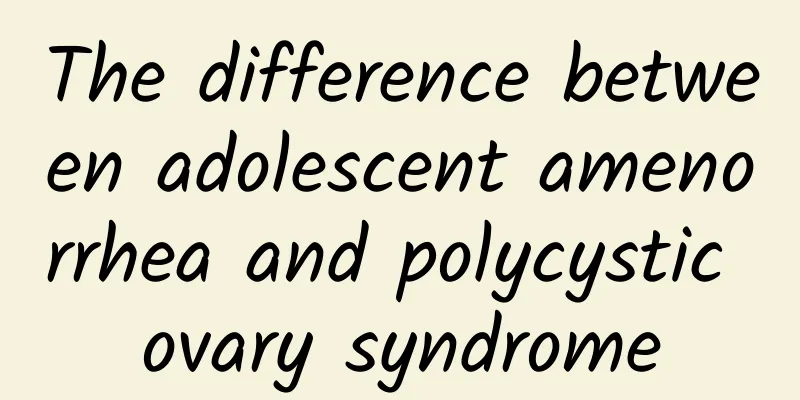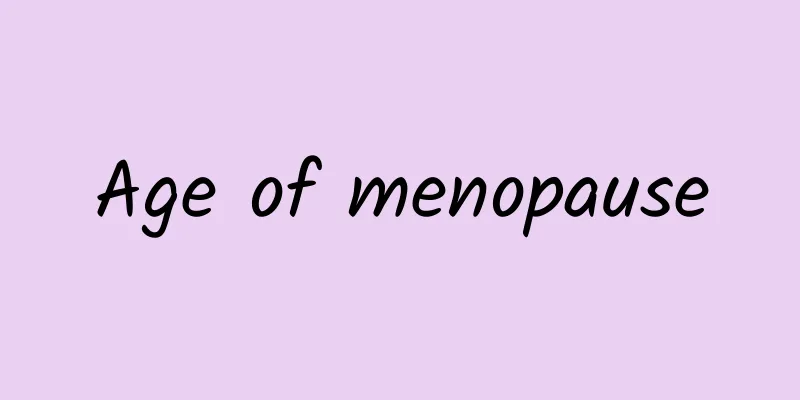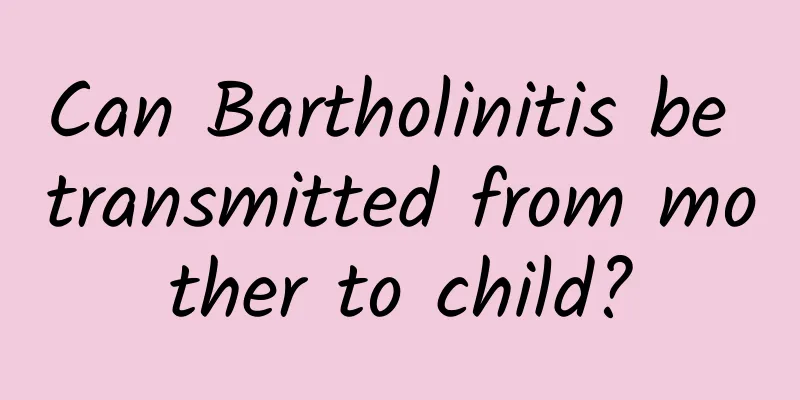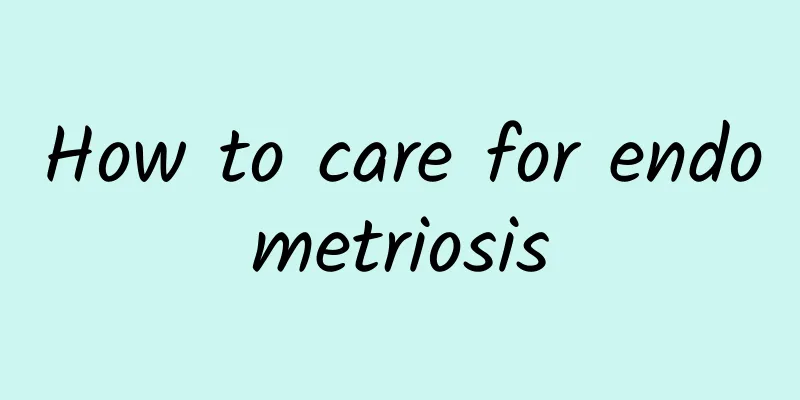The difference between adolescent amenorrhea and polycystic ovary syndrome

|
Polycystic ovary syndrome (PCOS) is a common menstrual disease that occurs during adolescence and childbearing age. According to the 5%-10% prevalence reported abroad, nearly 50 million women in my country will suffer from the disease. Some scholars believe that PCOS is an endocrine disease with metabolic disorders. After menarche in adolescence, due to imperfect feedback regulation of the hypothalamus-pituitary-ovarian axis, oligomenorrhea, amenorrhea, and irregular menstruation often occur, which are often confused with PCOS in adolescence and misdiagnosed as physiological phenomena. Therefore, those who have natural menstruation within 1-3 years of age are physiological phenomena. If the disorder persists, you should be alert to the occurrence of PCOS. So, how to distinguish between puberty physiological phenomena and puberty polycystic ovary syndrome? (1) Differences in androgen secretion: During normal puberty, adrenal function appears, adrenal enzyme activity increases, and adrenal androgen secretion increases. In PCOS patients, adrenal function becomes overactive and premature, which causes adrenal enzyme hyperactivation and abnormally increased androgen synthesis, leading to hyperandrogenism. (2) Changes in ovarian morphology: During puberty, multiple follicles can be seen on the ovaries under B-ultrasound, which is very similar to puberty PCOS. Some people believe that the ovaries of PCOS patients are enlarged and the ovarian stroma echo is enhanced, but it is difficult to distinguish between the two. Therefore, simple ovarian polycystic changes without clinical symptoms cannot be diagnosed. With age, physiological polycystic changes can disappear naturally. However, PCOS will have persistent polycystic changes. (3) Insulin resistance and compensatory hyperinsulinemia: Starting from puberty, insulin plays an important role in promoting growth under the synergistic effect of growth hormone (GH) and insulin-like factor (IGF-1). Usually, in an oral glucose tolerance test (OGTT), insulin can reach about three times that before puberty. However, PCOS patients have decreased sensitivity to insulin, insulin resistance, and metabolic hyperinsulinemia. |
<<: Amenorrhea and lactation syndrome and its symptoms
>>: Clinical manifestations of chronic and acute adnexitis
Recommend
You need to pay attention to some details of life after medical abortion. So how many days after medical abortion can you wash clothes?
Medical abortion is almost the same as artificial...
Is it serious to have a malignant ovarian cyst?
Ovarian cysts are a very common female disease, a...
Delayed menarche may lead to amenorrhea
What are the considerations for the early or late...
What recipes can you eat after abortion? Recipes for 1-7 days after abortion
Abortion is a common method of artificial abortio...
How long can you last in the marathon of life? Genes only determine 20% of our destiny! Do these things to keep you healthy and aging
Exercise and diet control: Everyone wants it, but...
What medicine is the best for severe cervical erosion? 5 ways to effectively prevent cervical erosion
What medicine is the best for severe cervical ero...
Symptoms of ectopic pregnancy can also include pale complexion.
As the symptoms of ectopic pregnancy appear more ...
Professional knowledge related to abortion care
The most painful disease among women is miscarria...
Common knowledge about the diet of patients with adnexitis
The diet of adnexitis has many requirements in li...
California Raisins: A Super Fruit for Everyone
In modern fast-paced life, whether it is busy wor...
What are the consequences of uterine fibroids spreading? Is uterine fibroids spreading serious?
Uterine fibroids are a common tumor of the female...
Is it possible to get pregnant and have a baby after an ectopic pregnancy?
Is it possible to get pregnant and have a baby af...
What are the symptoms of early infection of cervical warts in women
Women's bodies are relatively fragile and the...
How to have a medical abortion? It’s divided into these 4 steps
Before medical abortion, relevant examinations ar...
Will unmarried women undergoing cervical erosion surgery affect pregnancy? Things women must know about cervical erosion surgery
In principle, it is not recommended for women who...









